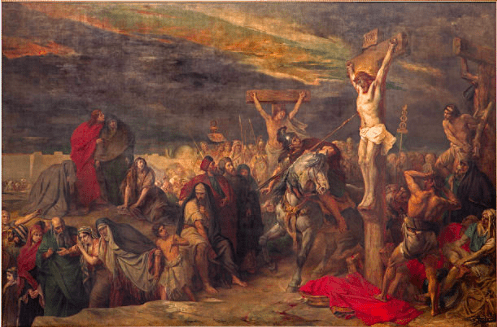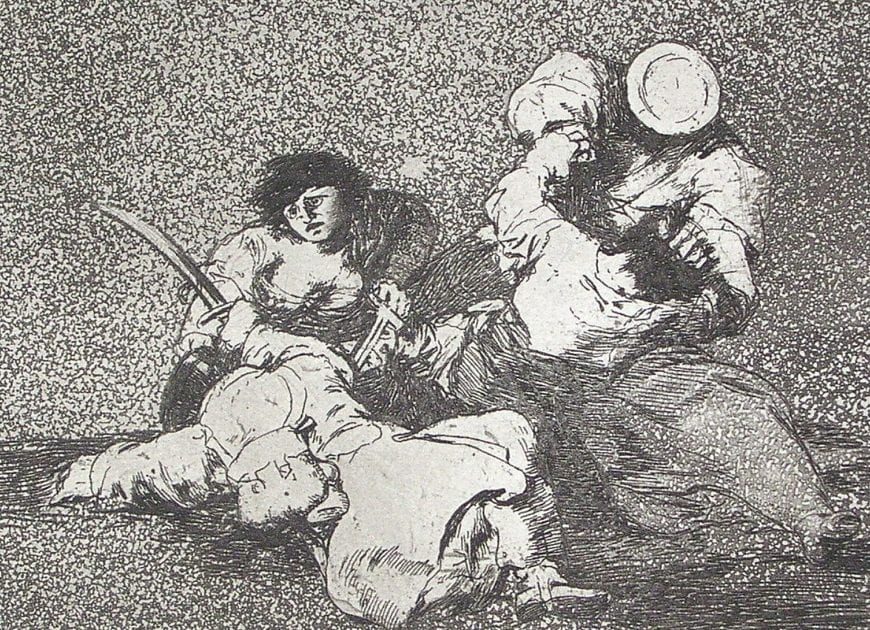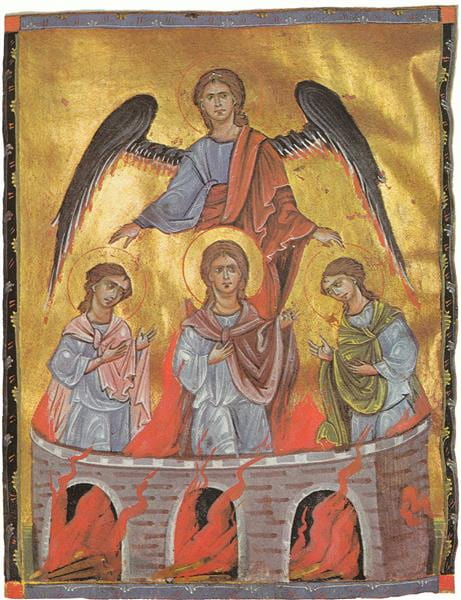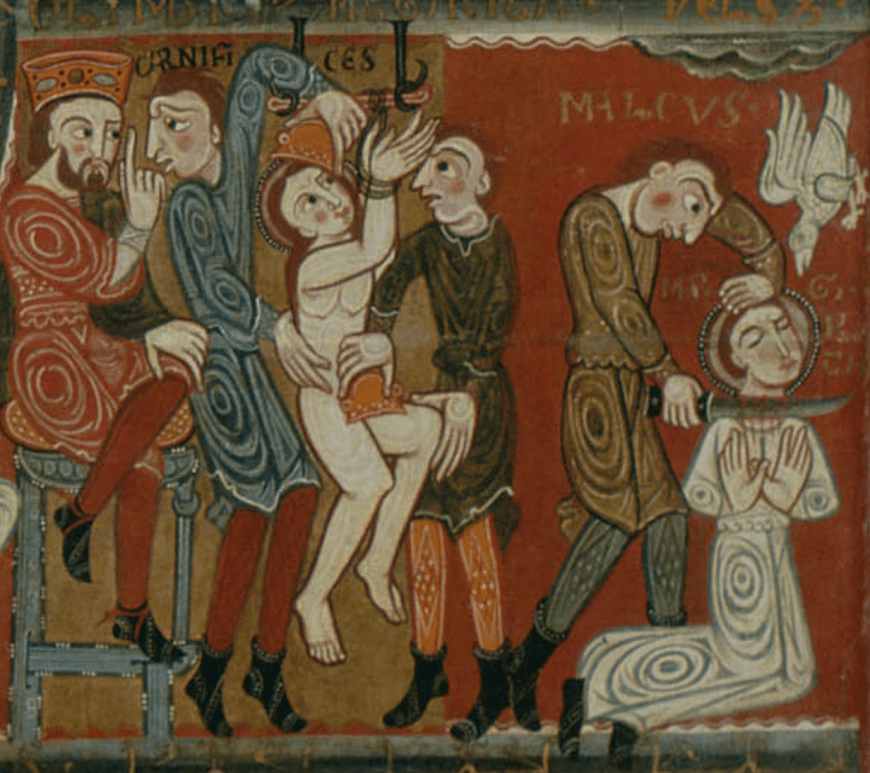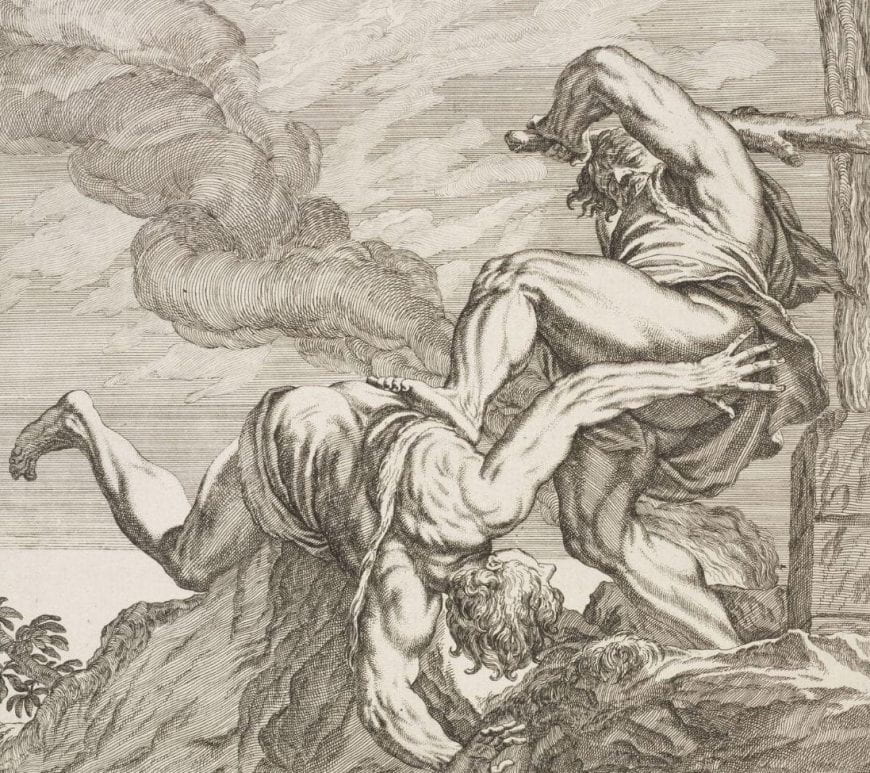Identity and Looking Upon the Divine in Daniel and The Life of St Margaret
Group: Jonah, Spencer, Frances, and Jo The phenomenon of looking can be thought of as consisting of two composite parts: seeing and interpreting. Seeing, the visual experience of something happening before one’s own eyes, or gazing upon a representation such as a photograph or piece of visual art, forms the principal step of looking. However, it is often subservient to the act of interpreting. Seeing is merely the intake of…
